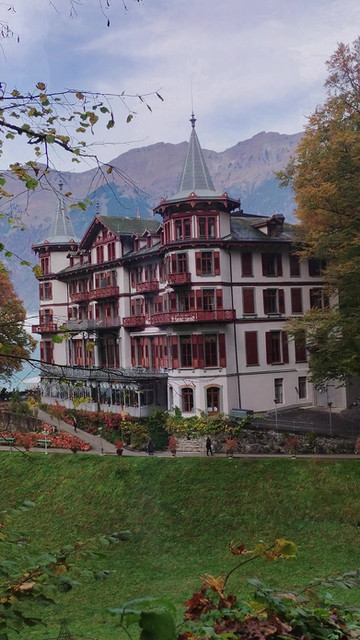HOME | DD
 TiltschMaster — Map of Consulate Europe, 1991
TiltschMaster — Map of Consulate Europe, 1991

Published: 2014-06-06 17:11:28 +0000 UTC; Views: 7295; Favourites: 32; Downloads: 62
Redirect to original
Description
In 1990, as the Cold War between France's Eastern Bloc, including Allies in Europe and Asia and it's Colonial "Empire" in Africa, and the United States and it's Western Bloc, including Great Britain, Prussia, Canada and Sout America.The Cold War officialy ended with overthrow of the nationalistic government and the Prussian monarchy and the simultaneous fall of the Weimar Wall, a large wall built through the center of the German city of Weimar in Thuringa, built by Prussia after it had refused to withdraw it's troops from the city at the end of World War II. It was seen as a symbol of the split between the East and the West. After opening it's borders in Weimar, within one year after the opening of the border the new Prussian government asked the German Confederation for political union and held a referendum, wich voted in favour of federation by 89%.
Almost simultaneously, Eastern Galicia in Poland asked for union with Ukraine, alongside Czechoslovakia's member state of Ruthenia. Both Poland and Chzechoslovakia instantly refused. Prag was fearing for Czechoslovakia's breakup, if one member left, while Poland was not willing to give up Galicia's wide fields, wich produce a great part of Poland's farming products.
France mediated between the parties and they agreed to grant both regions independence. France in renturn granted Chzecoslovakia and Poland economic and financial compensations. Poland and Ukraine would sign a treaty, granting Poland 45% of Galicia's farming products for a time of 10 years. Czechoslovakia however broke apart peacfuly as feared by the Prag government. Both now indpendent nations, the Czech Republic and the Slovak Republic, were still supported according to France's treaty with Czechoslovakia.
A small movement also existed in Naples at the time, wich demanded unification with the Italian Federation. Naples was - and is up to today - a monarchy, ruled by a branch of the House of Bourbon. The country also housed the Holy See, in it's exile at Benevento since the fall of Rome to French Revolutionary foorces during the Consulate Wars. The Papacy strongly supported the monarchy in Naples, for fear of having to flee yet another time, should Naples unite with Italy. They could count on support by large parts of the population, too, wich considered it self "too different" from the population of Northern Italy. Some also claim, that Naples' organized criminality also plays a role in the country still being indpendent. Conspiracy theories state, that the Papacy, as well as the House of Bourbon, are sicretly at least tolerating the Mafia.
By 1991, the decolonialization of Africa was also finished, there for the Northern African nations depicted in this map in small parts, are also indpenendent nations.
Credits: Original map made by
























